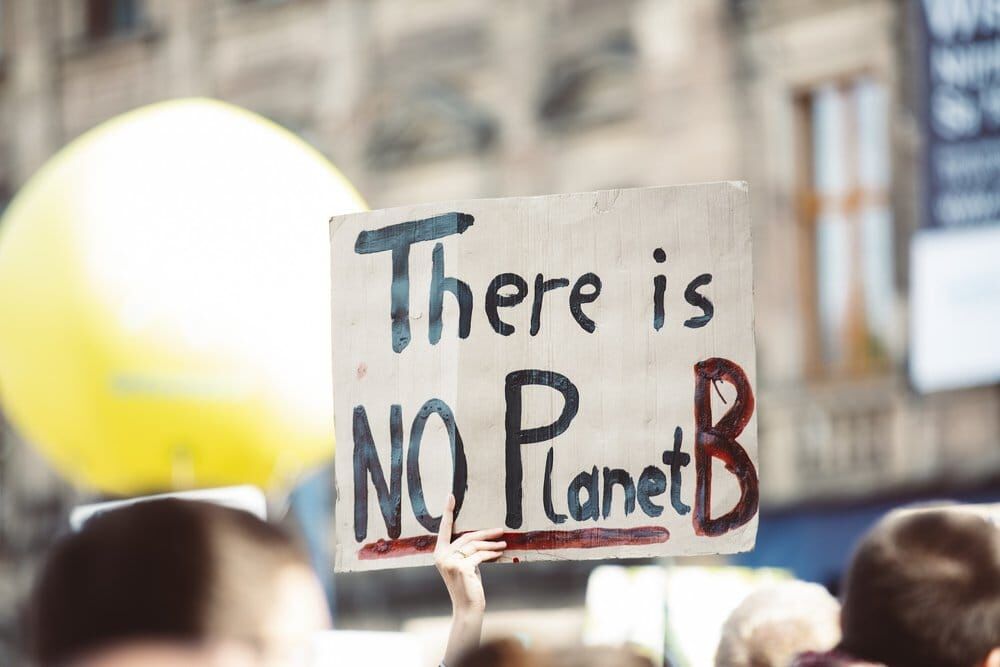
More than 3,000 businesses and financial institutions are working with the Science-Based Targets Initiative to reduce their emissions in line with climate science. More than 70 countries, including the biggest polluters – China, the United States, and the European Union – have set a net-zero target, covering about 76% of global emissions. Yes, a growing coalition of countries, cities, businesses and other institutions are pledging to get to net-zero emissions. Is there a global effort to reach net zero? Replacing polluting coal, gas and oil-fired power with energy from renewable sources, such as wind or solar, would dramatically reduce carbon emissions. The energy sector is the source of around three-quarters of greenhouse gas emissions today and holds the key to averting the worst effects of climate change. It calls for nothing less than a complete transformation of how we produce, consume, and move about. Transitioning to a net-zero world is one of the greatest challenges humankind has faced. Currently, the Earth is already about 1.1☌ warmer than it was in the late 1800s, and emissions continue to rise. To keep global warming to no more than 1.5☌ – as called for in the Paris Agreement – emissions need to be reduced by 45% by 2030 and reach net zero by 2050.

The science shows clearly that in order to avert the worst impacts of climate change and preserve a livable planet, global temperature increase needs to be limited to 1.5☌ above pre-industrial levels. Put simply, net zero means cutting greenhouse gas emissions to as close to zero as possible, with any remaining emissions re-absorbed from the atmosphere, by oceans and forests for instance.


 0 kommentar(er)
0 kommentar(er)
